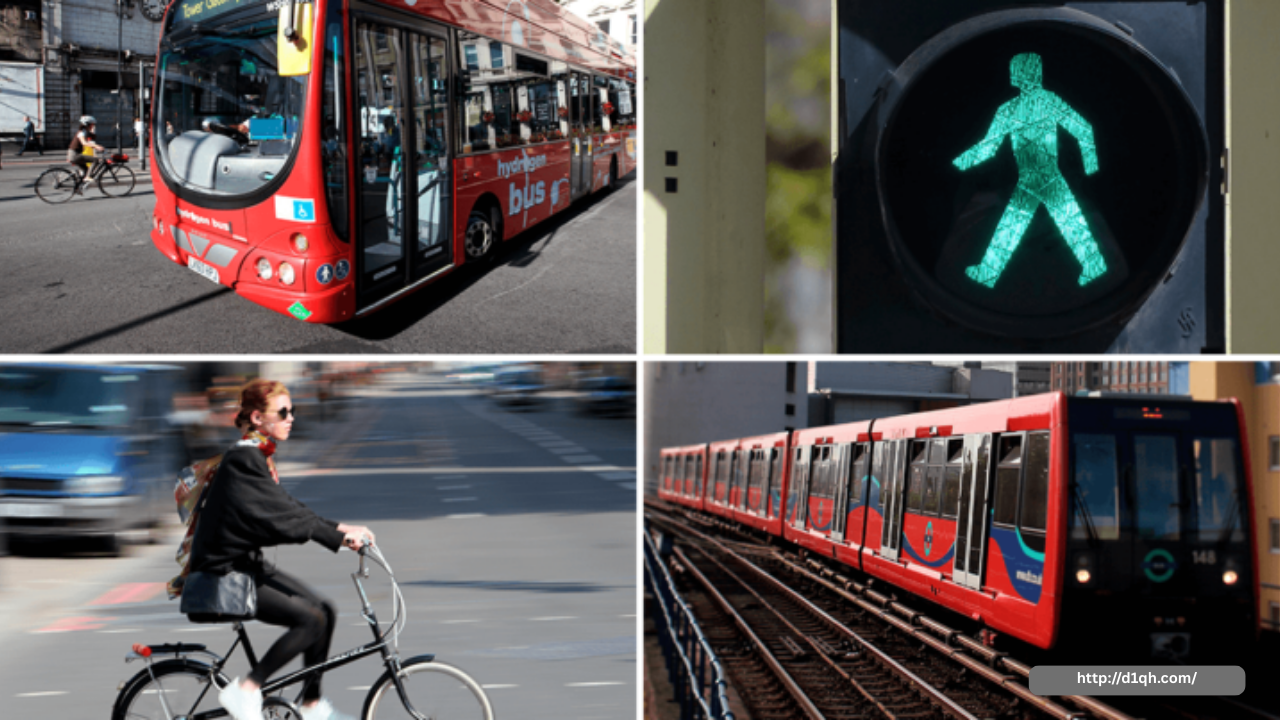In today’s fast-paced world, owning a car is often considered a necessity. It offers convenience, independence, and the ability to travel at your own pace. However, with the growing number of alternatives to personal vehicles—such as public transportation, biking, walking, and car-sharing services—many are reconsidering how essential their cars really are. So, how much do you truly need your car? Here’s a breakdown to help you assess whether your car is an indispensable part of your life or just a habit you’ve grown accustomed to.
1. The Convenience of Driving
For many people, driving is the most convenient mode of transportation. Cars provide door-to-door service, no waiting for schedules, and the ability to carry large items or travel long distances with ease. If your daily routine involves frequent trips or remote destinations, a personal vehicle might still be the most practical choice. However, it’s important to assess whether this convenience outweighs the costs involved in car ownership.
2. The Hidden Costs of Car Ownership
The costs of owning a car go far beyond the initial purchase price. There’s the ongoing expense of fuel, maintenance, insurance, parking, and repairs. For many people, the cumulative cost of maintaining a vehicle can exceed thousands of dollars annually. For those who drive frequently, these expenses can add up quickly. In comparison, public transportation, biking, or carpooling often cost significantly less, especially when factoring in the amount of time and money spent maintaining a car.
3. The Environmental Impact of Cars
Cars are a significant source of pollution. They contribute to air pollution, greenhouse gas emissions, and traffic congestion. As environmental concerns continue to grow, many individuals are seeking greener alternatives to personal vehicles. Public transportation systems, biking, and walking all have a lower environmental footprint. Additionally, car-sharing programs can reduce the number of vehicles on the road, further reducing pollution. If you’re committed to reducing your carbon footprint, exploring these alternatives is a powerful step toward making a positive environmental impact.
4. Health Benefits of Alternative Transportation
Driving, particularly in heavy traffic, often leads to a sedentary lifestyle and increased stress levels. On the other hand, walking and biking provide an opportunity for daily exercise, which can improve cardiovascular health, reduce stress, and boost overall well-being. Even taking public transportation can contribute to better physical health by encouraging walking to and from bus or train stations. If you’re looking to improve your health, reducing your car usage and incorporating more physical activity into your day could be a valuable change.
5. Assessing the Availability of Alternatives
One of the key factors in determining how much you truly need your car is the availability of alternative transportation options in your area. Urban areas typically offer robust public transportation systems, bike lanes, and walking-friendly infrastructure. In these environments, driving may not be necessary for daily tasks. However, in suburban or rural areas with limited access to public transport, cars may still be the most practical option. If you live in an area with good alternative options, consider how much you rely on your vehicle and whether those alternatives could meet your needs.
6. Making the Shift: Finding Balance
If you’re interested in reducing your dependence on your car, start by experimenting with alternative transportation methods. Try using public transit for work, biking for errands, or walking to nearby destinations. Carpooling or using rideshare services for occasional trips can also help reduce your car use. Over time, you may find that you don’t need your car as much as you thought, saving you money, reducing your environmental impact, and improving your health.
Conclusion
Ultimately, the question of whether you really need your car depends on your lifestyle, location, and priorities. While cars offer unmatched convenience, they also come with financial, health, and environmental costs. By exploring alternative transportation methods, you may find that you can live a more balanced, sustainable life—without being entirely dependent on your vehicle.


